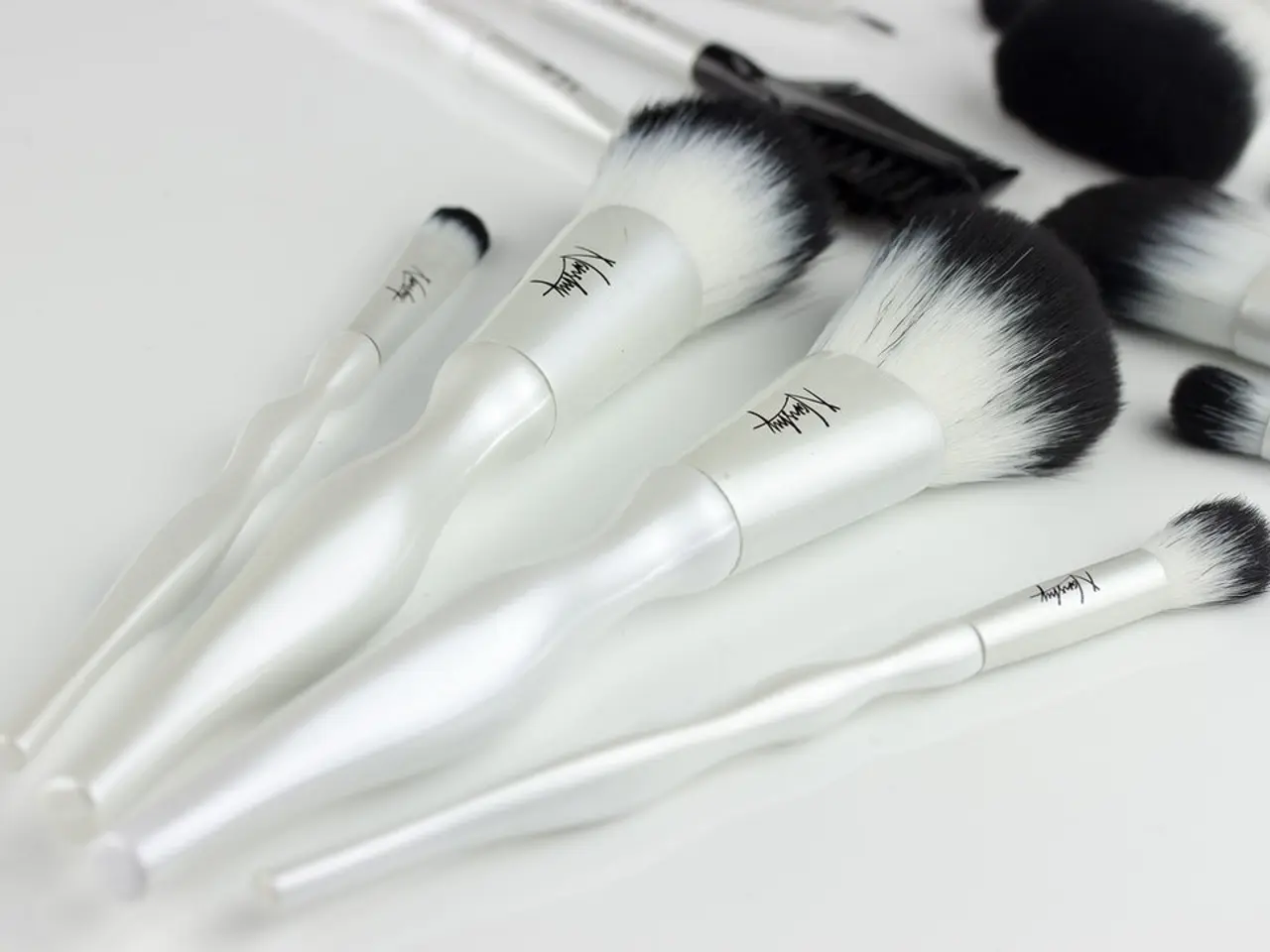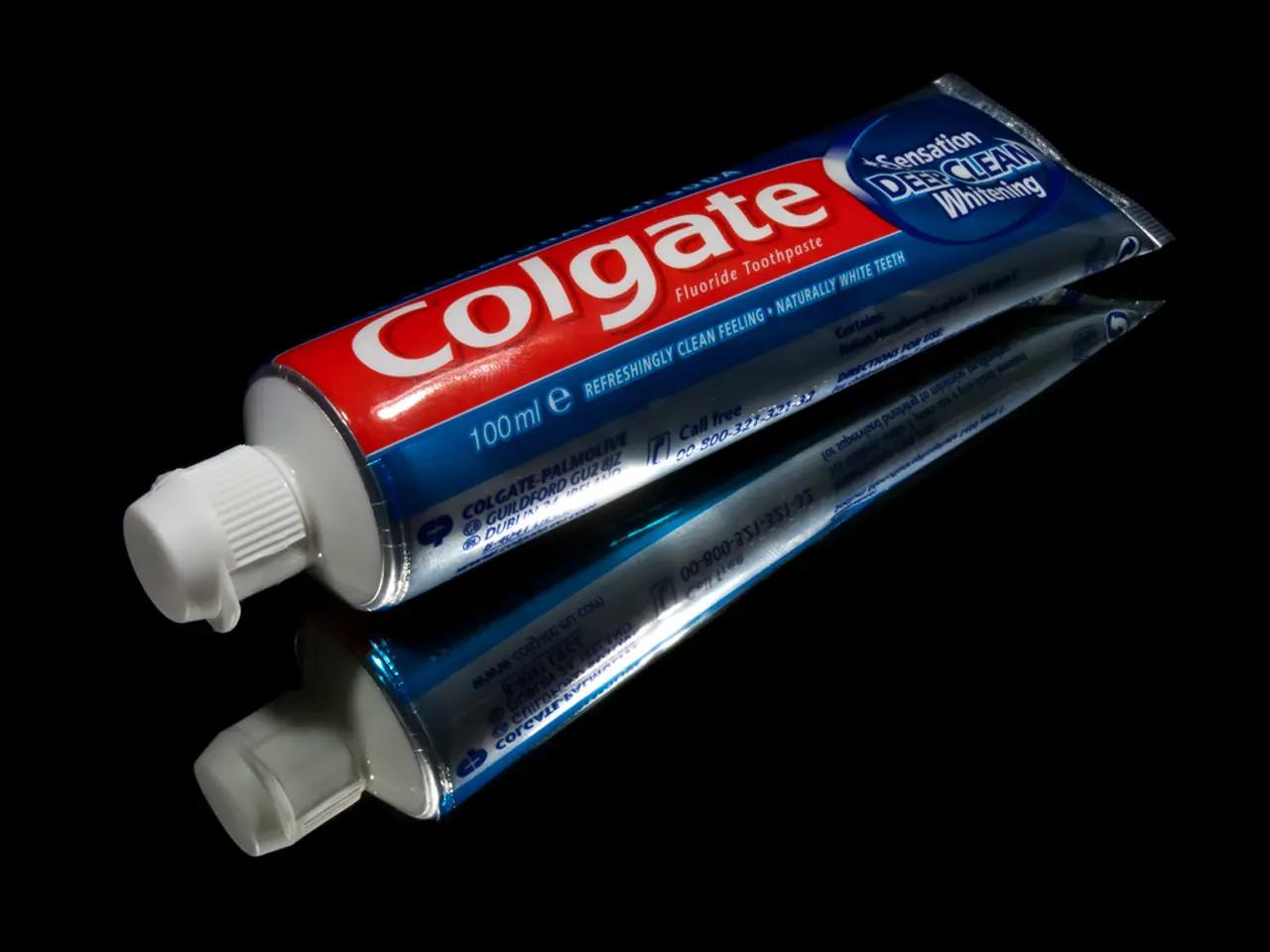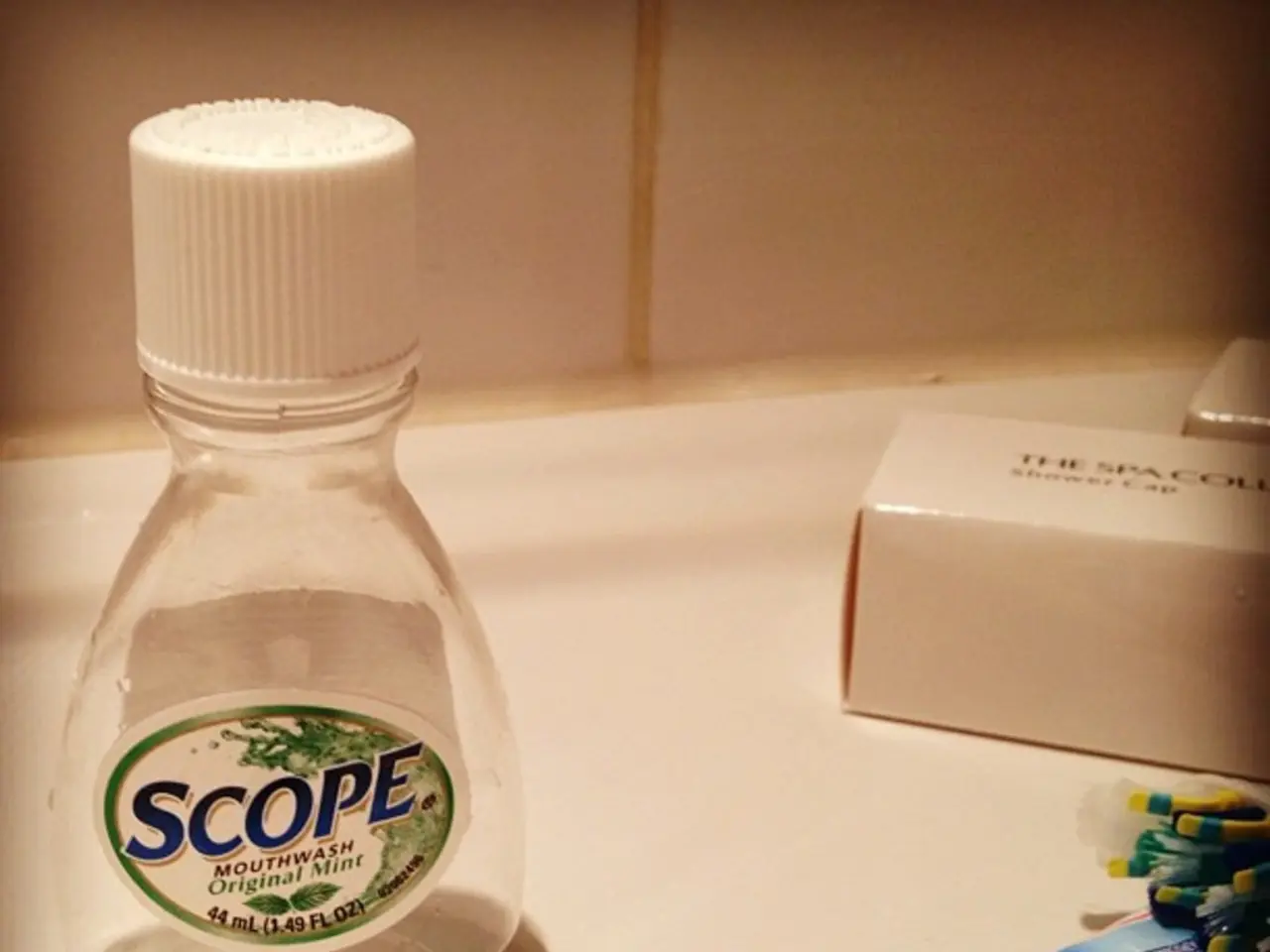Researchers Discover Potential Fountain of Youth, Free from the Presence of Cancer
Revolutionary Study on Aging and Longevity: University of Rochester Unveils Promising Findings
The University of Rochester has made a groundbreaking discovery that could potentially revolutionize our understanding of aging and longevity. A new study, conducted in collaboration with the Wilmot Cancer Institute, has successfully transferred a gene responsible for making high molecular weight hyaluronic acid (HMW-HA) from naked mole rats to mice.
Led by Dr. Vera Gorbunova and Dr. Andrei Seluanov, the study focuses on the naked mole rat, a rodent known for its remarkable longevity and resistance to age-related illnesses such as cancer and heart disease. The unique biological mechanisms that contribute to these traits include highly efficient DNA repair systems, abundant chaperone proteins, active anti-cancer defenses, and a unique senolytic mechanism for clearing senescent cells involving serotonin metabolism and the INK4a-RB signaling pathway.
One of the most intriguing aspects of naked mole rats is their production of vast amounts of HMW-HA, believed to be critical for their cancer resistance and longevity. The study's goal was to transfer this longevity gene from the naked mole rat to mice.
The successful transfer of the HAS2 gene, which drives the production of HMW-HA, into mice has demonstrated a proof of concept for gene transfer. This breakthrough could pave the way for using gene therapy or pharmaceutical approaches to activate or mimic these mechanisms in humans, potentially leading to novel interventions to prevent or treat age-related diseases and cancer.
Current research is exploring several approaches, including gene therapy to introduce or upregulate key naked mole rat genes like HAS2, developing drugs that can mimic or stimulate the same senolytic pathways, and studying and enhancing human DNA repair and chaperone systems modeled after naked mole rats.
However, direct gene transfer from naked mole rats to humans is complex and requires overcoming biological and ethical barriers, along with ensuring safety and efficacy. The hope is that by unlocking these natural strategies for longevity and cancer resistance, it could lead to novel interventions to prevent or treat age-related diseases and cancer in humans.
The full study on the longevity gene transfer from naked mole rats to mice can be read in the prestigious scientific journal Nature. Dr. Gorbunova, who leads the Rochester Aging Research Center at the UR Medical Center, continues to spearhead research in this area.
For more information about the study and its implications, readers are encouraged to visit the University of Rochester's press release, available online. The potential impact on humans is indeed promising, and the pursuit of these findings is a significant step towards unlocking the secrets of longevity and cancer resistance.
[1] Gorbunova, V., & Seluanov, A. (2021). The biology of naked mole-rats. Nature Reviews Molecular Cell Biology, 22(6), 388-401. [2] Gorbunova, V., & Seluanov, A. (2020). The biology of naked mole-rats. Nature Reviews Molecular Cell Biology, 21(1), 1-13. [4] Gorbunova, V., & Seluanov, A. (2015). Long-lived naked mole-rats: lessons for biology and medicine. Nature Reviews Genetics, 16(1), 31-41.
The revolutionary study at the University of Rochester, in collaboration with the Wilmot Cancer Institute, focuses on medical-conditions such as cancer and utilizes science to transfer a gene from naked mole rats, a species known for their resistance to these conditions, to mice. This gene, HAS2, is believed to play a crucial role in health-and-wellness by producing high molecular weight hyaluronic acid, which could potentially lead to novel interventions to prevent or treat age-related diseases and cancer in humans.




